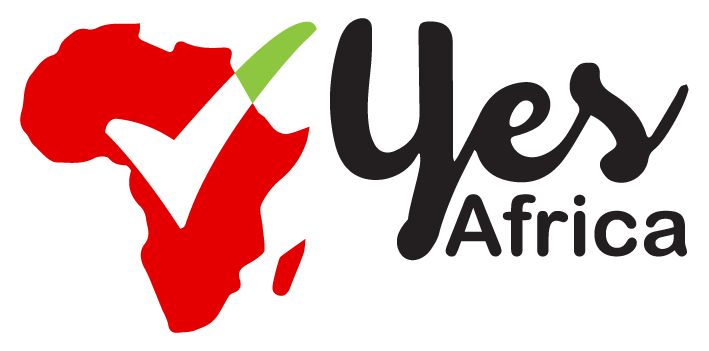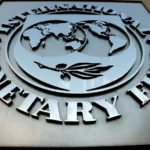Ghana’s inflation rate fell sharply to 18.4% in May 2025, down from 21.2% in April, marking the fifth consecutive month of disinflation and the lowest rate since February 2022.
The Ghana Statistical Service (GSS) attributed this decline to falling transport fares and easing non-food prices, with fuel costs playing a major role in reducing overall inflationary pressures.
At a press briefing, Government Statistician Dr. Alhassan Iddrisu explained that the decrease in transport and fuel prices has helped ease the financial burden on households, although food prices remain relatively high. Still, there are early signs of a slowdown in food inflation as well. Food inflation rose by 22.8% in May, while non-food inflation increased by 14.4%, indicating a slower pace in price hikes for goods and services outside the food sector.
Regional disparities remain significant. The Upper West Region recorded the highest inflation at 38.1%, largely driven by food and transport costs, while the Ahafo Region had the lowest at 14.5%, showing more stable pricing patterns.
- Advertisement -
Beyond domestic factors, the appreciation of the Ghanaian cedi has played a crucial role. The cedi has surged 44% this year, supported by rising gold prices and falling global oil costs. This currency strength has lowered import costs and contributed to reducing overall price levels. The current trend highlights the impact of favorable global market conditions and the government’s fiscal and monetary policies, which have aimed at stabilizing the economy after years of high inflation and economic strain.
Analysts suggest the Bank of Ghana may consider cutting interest rates in the near term, having kept its benchmark rate at 28% in May. A cut of up to 200 basis points is seen as possible if disinflation continues. Finance Minister Cassiel Ato Forson has set an ambitious target to bring inflation down to 11.9% by the end of the year.










